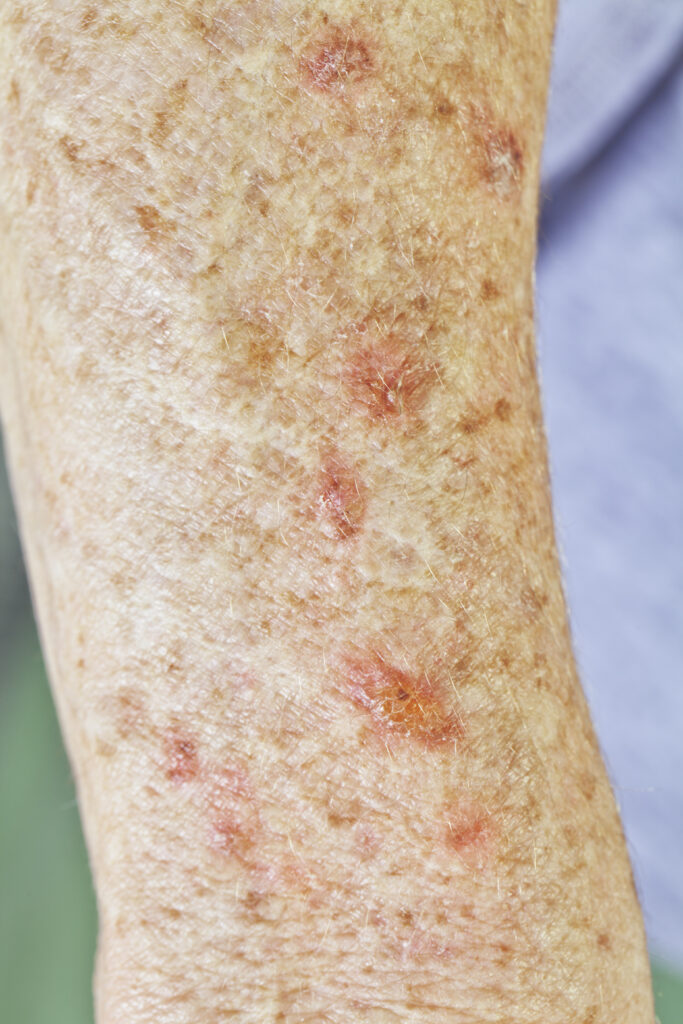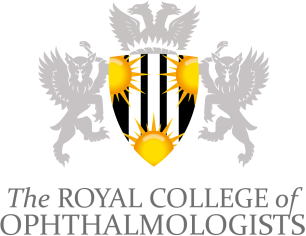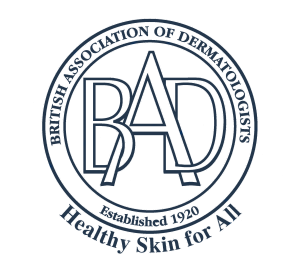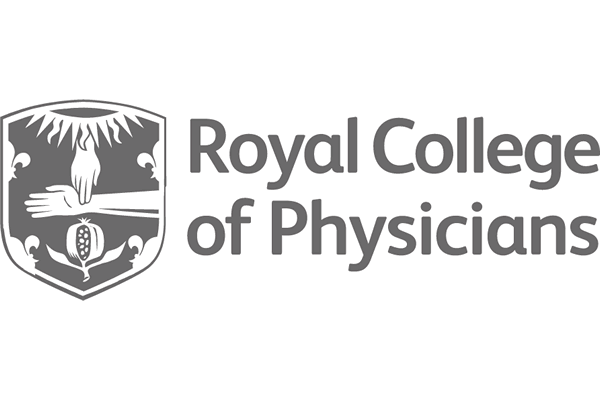"Dr Bhargava is very clear in his explanations and always has a way of putting you at your ease."
There are a few different treatments available for actinic keratoses, these are cryotherapy and photodynamic therapy (PDT). The dry areas may also be cut off using a small procedure. During your initial consultation with one of our expert dermatologists they will be able to assess your individual case and provide the best advice on which treatment would be the best and most effective for you.
If you have cryotherapy to remove actinic keratoses, liquid nitrogen will be applied to the area in order to quickly freeze the site which works to kill the cells involved in the patch. As a result of this, the patch should begin to be removed from the skin. It may be necessary to have multiple treatments in order to ensure all of the actinic keratoses has been removed.
Photodynamic therapy (PDT) to remove actinic keratoses works by killing the cells that make up the patch using intense light and light sensitising cream. When the light is shone directly on the patch, the power of the light destroys the cells and removes this from the skin.

















